We Reveal the Truth!
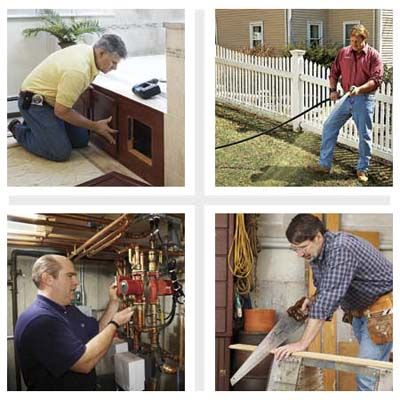
There’s a lot of misinformation out there, from how to choose a contractor to how to save energy to how to plant a tree. And it’s coming at you from all directions—friends, family, that creepy guy who hangs around the hardware store…which is why, we think, This Old House is so valuable. We have a team of built-in lie detectors right here, able to dispel the biggest crock of bull with a single chuckle. Our show experts and our editors may not do it with all the goofs and explosions of those other TV myth busters, but they do know a thing or two about setting the record straight. Using research, experience, and common sense, they’ve taken a closer look at 14 of the most popular myths out there to tell you why what you’re hearing from everyone else isn’t exactly right.
Truth: You Need More Info to Assess a Bid

The lowest bid is not necessarily the worst. And neither is the highest bid from the best contractor. “The low bid could be from someone who’s not including things that need to be done,” says TOH general contractor Tom Silva. “And the highest bid could be from someone who didn’t want the job.”
Tom recommends questioning bidders about the specifics. “Ask, ‘Can you tell me what he’s doing that you’re not doing?’ ‘Is this included in your bid?’ ‘How are you going to deal with that problem?'” Once you pick a contractor, check that the company is licensed and insured before signing him on. “Not just liability insurance,” Tom advises. “Workers’ comp, too.”
“The low bid could be from someone who’s not including everything, and the highest from a contractor who didn’t want the job.”
Truth: Some DIY Projects Require Permits
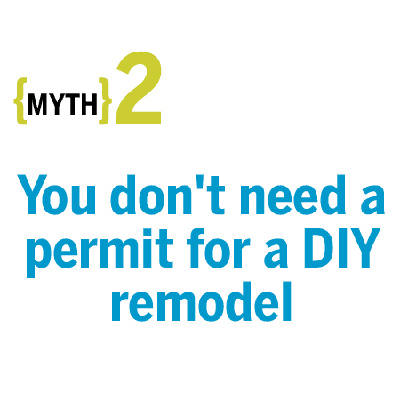
“Remodel” can refer to a lot of projects, including some that bring up serious safety issues—which would require you to get a permit. “If you’re just painting, staining, sanding floors, installing crown molding, or replacing cabinets, you don’t need a permit,” says Tom. “But if you’re adding outlets or changing a stove from electric to gas, you might. If you’re replacing windows, taking down a bearing wall, or moving a doorway, you probably need one.” A call to your building department will help you find out which types of projects require permission in your town.
Truth: Hand Tools are Perfect for Small Jobs
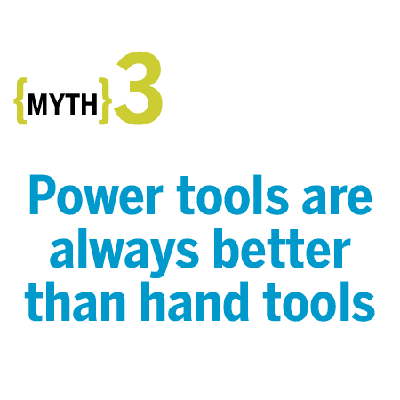
Though he’s better known as a power-tool guy, TOH master carpenter Norm Abram often grabs something out of his toolbox for quick repairs, such as replacing a piece of decking or attaching cabinet hardware. In such cases, a handsaw or a screwdriver are both quicker than a circular saw or a drill/driver, when you consider the effort it takes to haul out the tool and find a plug or a charged battery.
Norm also cautions against thinking you can do any job if you just have the right power tools. “The tools don’t do the work,” he says. “They only make the job easier if you know how to use them.” Whatever kind of tools you have, you still need skills, and you need to know the the right way to do your project.
Truth: Water-Saving Models are Now More Efficient
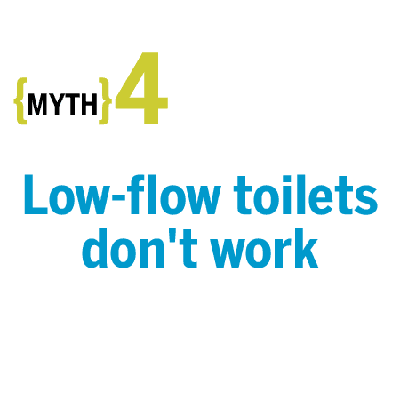
True, some first-generation 1.6-gallon models required so much extra flushing they weren’t efficient at all. But these days many toilets are as good as or better than the old 7-gallon behemoths. Every few months, the Canadian Water and Wastewater Association updates its “Maximum Performance Testing of Popular Toilet Models.” The study puts hundreds of toilets through rigorous flush tests and is a great source for checking out models before you buy. The most recent version is under “free publications” on the CWWA website.
Truth: Spores Must Be Removed, Not Just Bleached
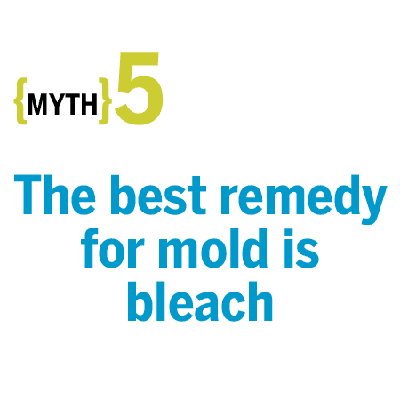
Bleach does kill mold spores, but even after they’re dead they can still cause an allergic reaction. You can wipe a surface clean, but if you’re dealing with a porous material, like wood or grout, getting rid of all the deeply ingrained spores can be tricky. Worse yet, bleach strips the spores’ color, making it difficult to see what’s still there.
The real remedy is to remove mold completely—with a detergent and water, or a scrub brush and a HEPA-filter vacuum. Then, fix the root of the moisture problem so mold doesn’t regrow.
Truth: Start-Up Power is Negligible
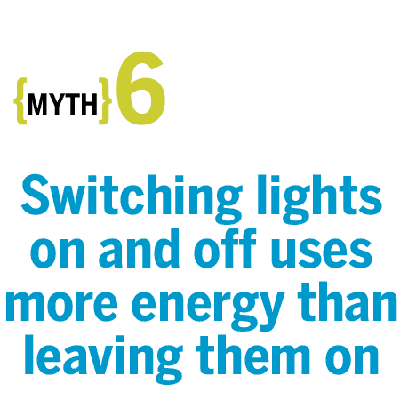
Like a car that needs a shot of gas when you start it, all lights draw a spike of current when they turn on in order to heat up a cold filament in an incandescent or to excite the gases used in fluorescents. But the start-up power lasts only for an instant, so the effect is negligible compared with the lamp’s ongoing usage. If you turn off a fluorescent lamp for even an extra half hour a day, you can save about $4 over its life—enough to buy a replacement bulb. Frequent on-off cycles do cut down on the number of hours a lamp will light, but since it isn’t being used as much, the lamp still lasts longer.
Truth: Vinyl Can Trap Moisture
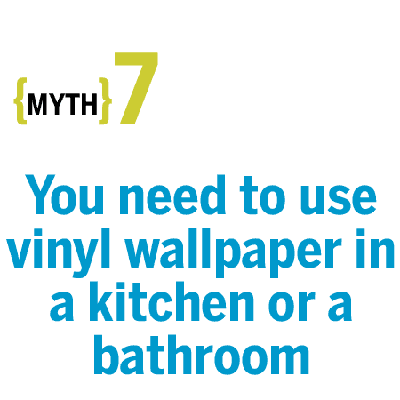
Vinyl wallpaper works terrifically as a moisture barrier, so it might seem the perfect choice for these rooms. But if you live in a hot, humid climate and keep an air conditioner running in the summer, this kind of wallpaper on exterior walls puts the moisture barrier on the wrong side of the wall. If you have it, peel back a section. You’ll almost certainly find mildew growing on the back. Paper-based wallpaper or properly applied paint won’t cause the problem.
Truth: Nature Can Do the Work
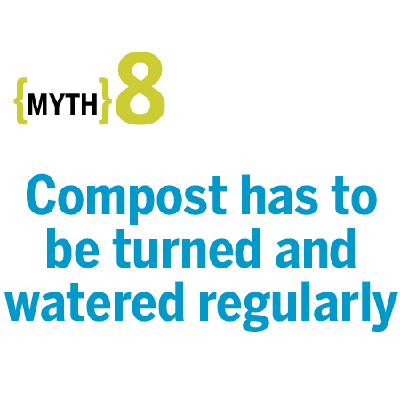
If you’re not in a hurry, let nature do all the work by cold composting. Just pile on garden debris, and wait several months to a year. With rainfall helping the materials decompose, the pile will gradually shrink to about half its size. When you want to harvest the compost, peel away the loose debris on top; underneath will be the dark, crumbly material that gardeners consider gold. This hands-off approach, however, doesn’t kill weed seeds or disease organisms, so you need to be careful about what you compost.
Truth: Sun Doesn’t Harm Wet Plants
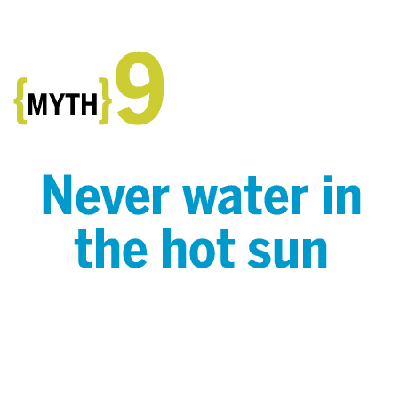
“People think water droplets can magnify the sunshine and burn plants,” says TOH landscape contractor Roger Cook. “It’s impossible!” If you come home on a hot day and see drooping plants or a lawn turning blue-gray, then get out the hose. A quick watering right away will help, not hurt, the plants.
The reason you shouldn’t water when the sun is strong is that the water evaporates too quickly. “It wastes water,” says Roger. So follow any quick emergency watering in the daytime with a longer, deeper irrigation the next morning. Don’t do it in the late evening. The water won’t evaporate enough overnight, putting plants at risk of developing fungal disease.
Truth: It’s Dangerous to Open a Window in a Storm
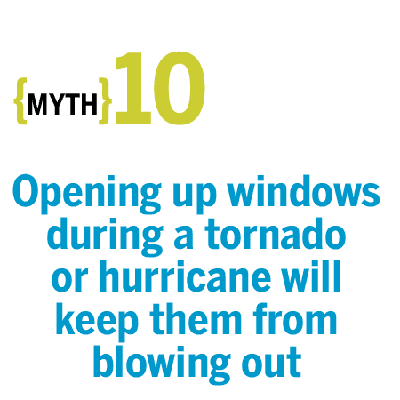
Opening a window brings in high-pressure air, which then must escape. That’s usually out other windows or doors, or through the ceiling or roof. Cracking the windows could even cause a house to explode. A better defense is covering openings with reinforced plywood, so air flows over, not into, the house.
Truth: Look for the Energy Star Label
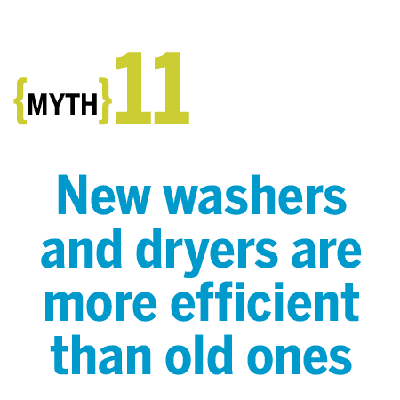
Newer dryers are no more efficient than old ones, which is why the federal Energy Star program doesn’t rate them. New Energy Star—rated washers, on the other hand, use an average of 40 percent less energy than standard models. Most of the savings stem from the fact that they use less than half the water, and heating that water accounts for 90 percent of a washer’s total energy use.
To up the efficiency of new—and old—washers, wash and rinse on cold, says TOH plumbing and heating expert Richard Trethewey. He’s been doing it for 15 years—through years of soccer and football with two sons. “Modern detergents are great,” he says. “They work just fine with cold water.” Energy Star washers offer one other energy advantage: They spin better, making drying more efficient—though not as much as hanging your duds on a clothesline.
Truth: HVAC Should Fit Just Right
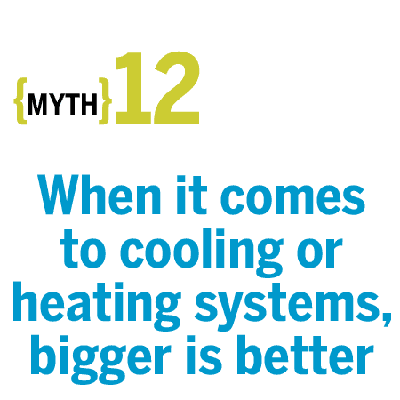
“Oversizing is the worst thing you can do,” says Richard. An air conditioner that’s too big cools quickly with a big blast and then shuts off, without removing as much moisture as a longer cycle does. The result is a cold, clammy house that’s prone to mildew. A heater that’s too big pumps out heat and then also shuts down quickly. “It’s the most inefficient way to drive a combustion engine—stop and go, stop and go,” Trethewey says. “You want a long on and a long off.”
Good HVAC contractors electronically analyze many variables to determine correct equipment size. “The problem is the homeowner,” Trethewey says. “If a contractor says a house needs a furnace that can pump out 100,000 BTUs, most homeowners ask, ‘How much extra would it cost to get 150,000 BTUs?’ It’s like putting a V-12 engine in a VW Bug.”
Truth: Burlap Can Kill the Tree
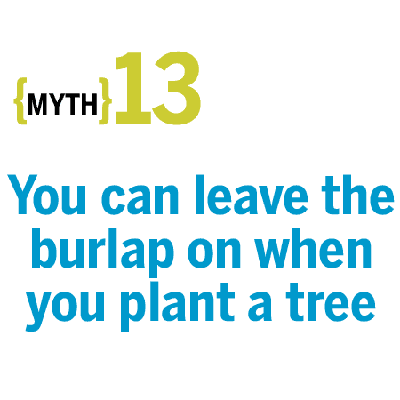
A lot of burlap is treated to resist rot, which means it doesn’t decompose in the ground—at least not as quickly as tree roots grow. Leaving the burlap on the root ball can kill the tree, as new roots won’t be able to break through. Roger recommends leaving the burlap intact as you position the tree to protect the roots, then removing it and loosening the soil on the ball with a cultivator to free up the roots.
Truth: Check Your Policy

Sure it does—if your laundry hoses snap. But if a water main breaks or there’s a huge storm, you’re out of luck, unless you have a separate policy through the National Flood Insurance Program. Flood coverage hasn’t been standard in homeowner policies since the Depression. You need to check your policy or call your agent to see if you’re protected.
